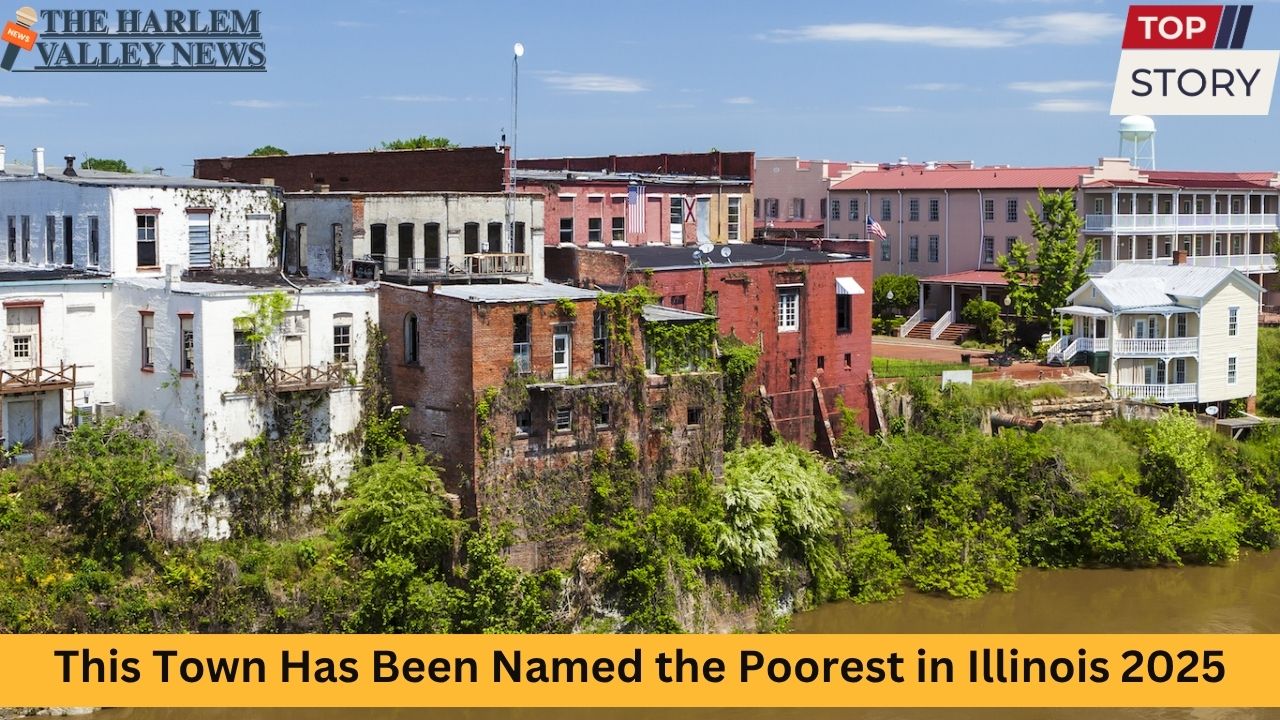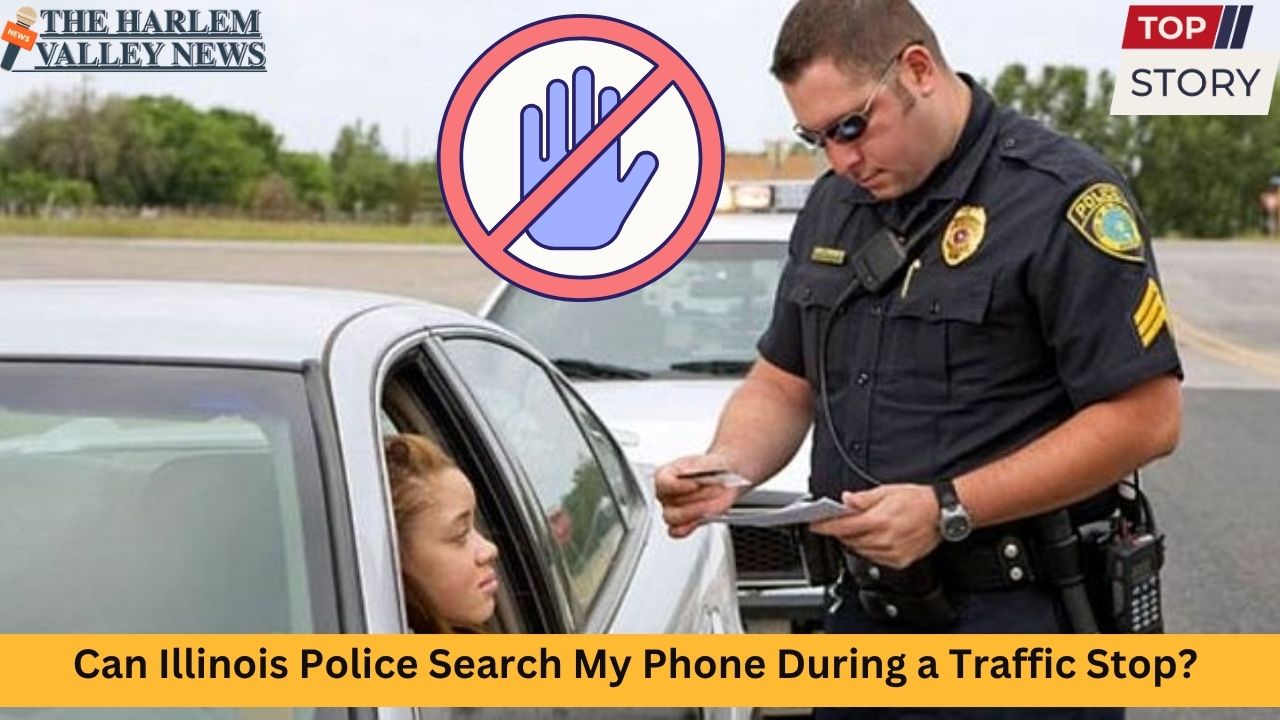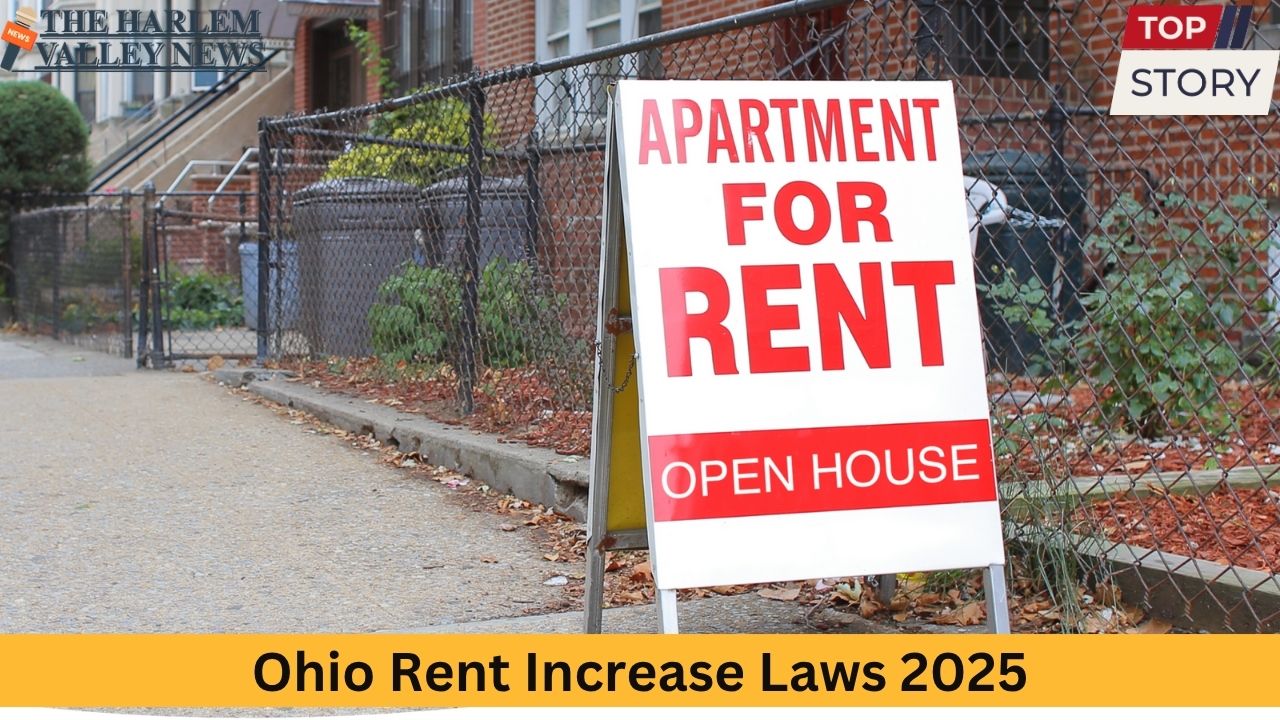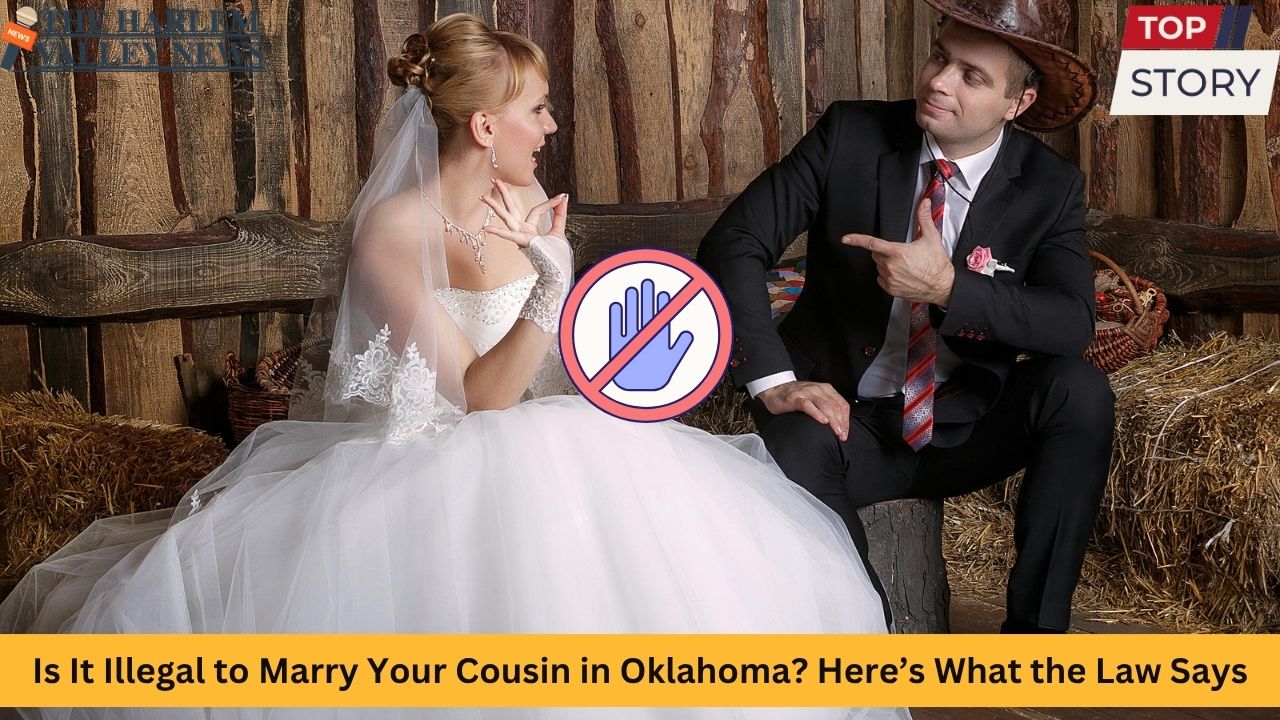Illinois is a state defined by striking contrasts—lush farmland, vibrant cities, and historical landmarks. Yet, beneath this surface lies a stark reality for several small towns grappling with poverty. In 2025, Phoenix, Illinois, holds the unfortunate distinction as the poorest town in the state, with alarming statistics that highlight ongoing challenges in economic opportunity, employment, education, and health. This comprehensive article will explore what makes Phoenix Illinois’s poorest town, compare it to others facing similar fates, and examine the underlying reasons, historical context, and possible solutions.
Overview: Poverty in Illinois
Illinois is home to 12.5 million people, with millions enjoying prosperity in metropolitan areas like Chicago, Naperville, and Evanston. Yet, poverty persists. As of the latest data, over 1.8 million Illinois residents live below the federal poverty line—approximately 16.3% of the state’s population. Many communities, particularly in rural downstate regions and some Chicago neighborhoods, face even higher rates.
Poverty in Illinois isn’t equally distributed. Rural Southern towns, post-industrial communities, and predominantly minority neighborhoods on Chicago’s South and West Sides endure disproportionately high rates of poverty and unemployment. Despite decades of government programs and charitable efforts, sections of Illinois remain mired in economic hardship.
Meet Phoenix, Illinois: The Poorest Town
Phoenix, Illinois—a small village nestled in Cook County, south of Chicago—has emerged in 2025 as the state’s poorest municipality. Once a vibrant suburb with industry and promise, Phoenix now faces economic decline, high unemployment, and limited opportunity.
Located just south of Harvey and adjacent to South Holland and Riverdale, Phoenix is part of the larger Chicago metropolitan area but experiences few of its economic benefits.
By the Numbers: Key Stats About Phoenix
Here’s a closer look at the data that illustrates Phoenix’s predicament:
-
Population: Roughly 1,600 residents
-
Median Household Income: $24,491 (compared to Illinois’s median of $78,433)
-
Poverty Rate: 30.0% (Illinois statewide: 11.8%)
-
Residents with Bachelor’s Degree or Higher: 8.6%
-
Unemployment Rate: Substantially above the state average
-
Percentage of Children in Poverty: Approximately 35%
-
Population Density: 4,500 people per square mile
Most Phoenix residents earn far less than the Illinois average, and a significant percentage rely on government assistance just to get by. Many families live paycheck to paycheck, without the safety nets that cushion wealthier communities.
Life in Phoenix: Stories and Struggles
Walking through Phoenix, you notice abandoned homes, shuttered businesses, and neglected public spaces. Schools struggle with underfunding, and local stores—once a backbone of the community—now sit empty or operate under tenuous circumstances.
Residents face daily challenges:
-
Job Scarcity: With few local employers, many residents commute or remain jobless.
-
Education Barriers: Schools face teacher shortages, aging infrastructure, and insufficient funding for extracurriculars or new technology.
-
Crime and Safety: High unemployment and despair correlate with increased crime rates and a strained police force.
-
Healthcare Gaps: Many in Phoenix lack access to quality healthcare, leading to untreated chronic illnesses.
A third-generation resident, Mary Johnson, explains: “Phoenix used to be lively, but now most of my friends and neighbors have left. It’s hard to find good work, and the schools just don’t have what the suburbs up north can offer.”
Other Illinois Towns Near the Bottom
Phoenix isn’t alone in its struggle. Several other towns feature among the lowest income and highest poverty rates:
-
East St. Louis: Median income $28,519, poverty rate 31.6%, population 18,796
-
Riverdale: Median income $41,144, poverty rate 31.4%, population 10,528
-
West Frankfort: Median income $41,974, poverty rate 29.5%
-
Kankakee: Median income $42,180, poverty rate 28.7%
While Phoenix currently holds the state’s bottom spot, the persistence of poverty in towns like East St. Louis and Riverdale—each with their distinct history and demographic profile—shows that the problem is widespread.
Poverty’s Broader Footprint: Chicago and Beyond
While small towns like Phoenix suffer disproportionately, some Chicago neighborhoods rival or even exceed these poverty rates. Riverdale and Fuller Park, both on the city’s far South Side, see poverty rates above 45%. In Chicago, more than 450,000 people—17.2% of the city’s population—live below the poverty line.
Minority neighborhoods are hardest hit. Black Chicagoans face a poverty rate of 28.7%—nearly triple that of white residents. Hispanic, Latino, and Asian populations also see poverty levels above the citywide average. The same factors—historic disinvestment, lack of job opportunities, and education gaps—affect both urban and rural poor alike.
Causes of Extreme Poverty in Phoenix
The roots of poverty in Phoenix are complex and interwoven:
-
Deindustrialization: The loss of manufacturing jobs during the late 20th century hit Phoenix hard, leading to unemployment and population decline.
-
Flight and Disinvestment: “White flight” and wealthier residents moving out stripped Phoenix of a stable tax base, causing public services and schools to decline.
-
Education Gaps: Only 8.6% of Phoenix residents have a bachelor’s degree or higher, far below the statewide average of 36.7%. Lower educational attainment is closely linked to lower earnings and higher joblessness.
-
Limited Local Commerce: Few businesses have invested in the area, further limiting employment opportunities and economic growth.
-
Infrastructure Decay: Aging roads, utilities, and public buildings deter new residents or investment.
-
Housing Instability: Foreclosures, rental evictions, and aging housing stock mean few stable homes for many families.
Impact on Families, Education, and Health
For children growing up in Phoenix, poverty casts a long shadow over every stage of life:
Early Childhood
-
Limited access to quality early childhood programs
-
Poor nutrition and healthcare
-
Higher risks of developmental delays
K-12 Education
-
Schools with lower per-pupil spending
-
Outdated textbooks and limited technology
-
Fewer extracurricular activities
Teenage Years
-
Higher likelihood of dropping out of school
-
Limited access to college counseling or career guidance
-
Increased risk of involvement in crime or substance abuse
Adults
-
Chronic unemployment or underemployment
-
Reliance on public assistance to meet basic needs
-
Higher rates of chronic health problems—like diabetes, hypertension, and untreated mental health conditions
These challenges reinforce one another, making it difficult for residents to break out of the cycle of poverty.
Comparing Phoenix to Illinois’s Wealthiest Communities
Contrast Phoenix’s struggles with Illinois’s affluent towns:
| Town | Median Household Income | Poverty Rate | Bachelor’s Degree or Higher |
|---|---|---|---|
| Winnetka | $98,139 | 2.4% | 80.2% |
| Oak Brook | $81,213 | 2.5% | 75.0% |
| Lake Forest | $86,004 | 3.1% | 78.0% |
| Phoenix | $24,491 | 30.0% | 8.6% |
Within a two-hour drive of Phoenix, there are towns where incomes are three times as high and child poverty nearly nonexistent. This underlines the enormous gulf in opportunity across the state.
State and Local Solutions: Can Things Improve?
Tackling deep-seated poverty in towns like Phoenix demands more than temporary assistance:
-
Economic Revitalization: Investing in local infrastructure, attracting new employers, and supporting small business growth.
-
Education Investment: More funding for early childhood, K-12, and community colleges to give young people a path forward.
-
Housing Initiatives: Stabilizing housing, fighting blight, and supporting affordable ownership programs.
-
Community Health Programs: Expanding healthcare access and nutritional programs, especially for children and seniors.
-
Anti-Crime and Drug Treatment Initiatives: Supporting at-risk youth, addressing substance abuse, and providing safe community spaces.
Some federal and state initiatives have made small improvements, but sustained local leadership and targeted investments will be key to reversing decades of neglect.
The Path Forward: Stories of Hope and Resilience
Despite daunting statistics, the people of Phoenix have not given up. Local nonprofits, churches, and community groups organize mentoring programs, food drives, and after-school activities. Businesses like Phoenix Food Mart provide jobs and sponsor community events.
Success stories abound: students earning scholarships to state universities, young entrepreneurs starting small businesses, and educators who return to mentor the next generation. For many residents, a sense of community remains intact, driven by hope that tomorrow could be brighter.
Conclusion
Phoenix, Illinois, stands at a crossroads, emblematic of the struggles faced by many small towns across America. Its designation as the poorest town in Illinois is not just a reflection of economic statistics, but a call to action for policymakers, community leaders, and residents alike.
Addressing the complexities of poverty in Phoenix will take years of focused effort. The journey will demand investment in education, economic revitalization, healthcare, and, most importantly, belief in the potential of every resident. As Illinois continues its quest for prosperity and equity, Phoenix’s resilience and determination may yet shine as a beacon of hope for the entire state.














Leave a Reply